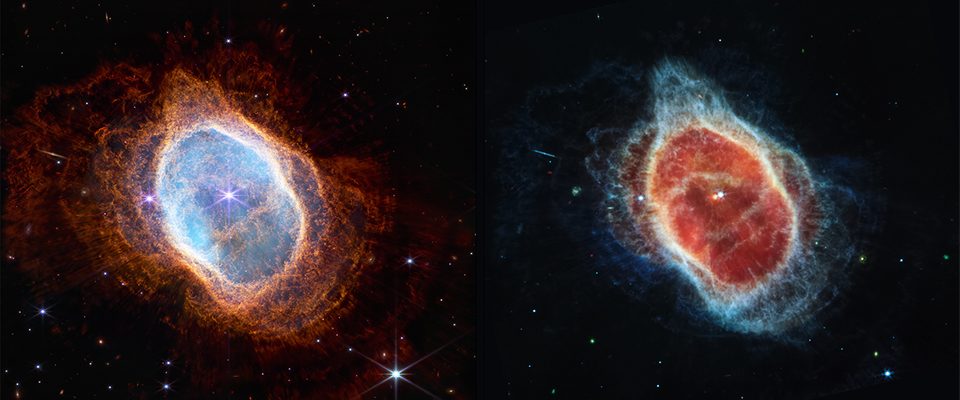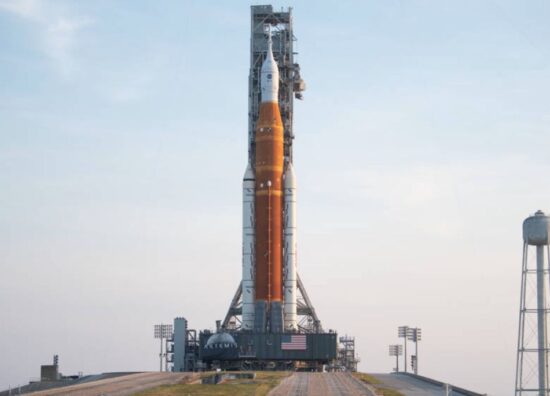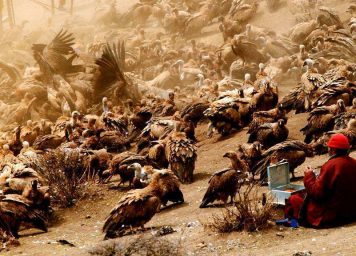Manaberita.com – TELESKOP Luar Angkasa James Webb mengambil gambar Nebula Cincin Selatan. Ilmuwan NASA mengungkapkan lebih mendetail mengenai Nebula. Pada gambar tersebut menunjukan awan gas yang mengelilingi bintang sekarat, atau nebula planet.
Dilansir ABC, pada Selasa, Klaus Pontoppidan, salah satu ilmuwan proyek teleskop, menjelaskan selama konferensi pers mengenai “mengapa gambar itu penting.”
“Ini bukan sembarang bintang, itu adalah bintang yang sangat mirip dengan matahari, atau seperti matahari yang akan muncul 5 miliar tahun lagi ketika matahari mati,” katanya.
Pontoppidian mengatakan bintang itu mendorong lapisan luarnya, termasuk karbon dan oksigen, yang membantu menciptakan objek kosmik lainnya.
“Ada siklus hidup bintang,” tambahnya. “Ini adalah akhir dari bintang ini, tetapi ini adalah awal dari bintang dan sistem planet lain.”
[Bil]













